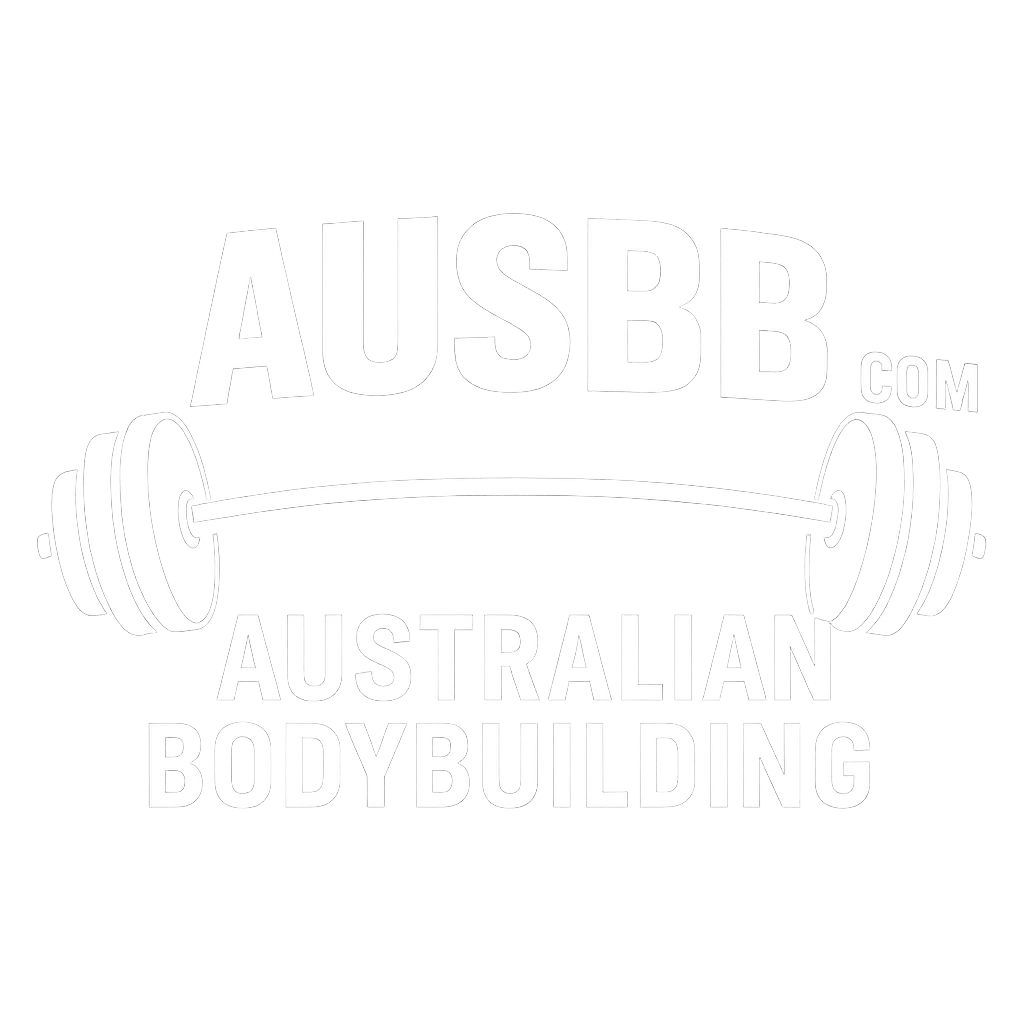Resistance exercise load does not determine t... [J Appl Physiol. 2012] - PubMed - NCBI
The new study has now been published in the Journal of Applied Physiology. Here's the key graph:

The three groups did:
three sets to fatigue at 30% of 1RM
1 set to failure at 80% of 1RM
three sets to fatigue at 80% of 1RM
Three sets produced essentially the same gains in muscle size (measured by MRI) with light weights or heavy weights. Traditionally, experts have argued that heavy weights force you to recruit more muscle fibers; but if you lift to fatigue/failure, the researchers argue here, you're eventually going to have to recruit all the fibers you can anyway. It's a different path to the same goal.
The new study has now been published in the Journal of Applied Physiology. Here's the key graph:

The three groups did:
three sets to fatigue at 30% of 1RM
1 set to failure at 80% of 1RM
three sets to fatigue at 80% of 1RM
Three sets produced essentially the same gains in muscle size (measured by MRI) with light weights or heavy weights. Traditionally, experts have argued that heavy weights force you to recruit more muscle fibers; but if you lift to fatigue/failure, the researchers argue here, you're eventually going to have to recruit all the fibers you can anyway. It's a different path to the same goal.
